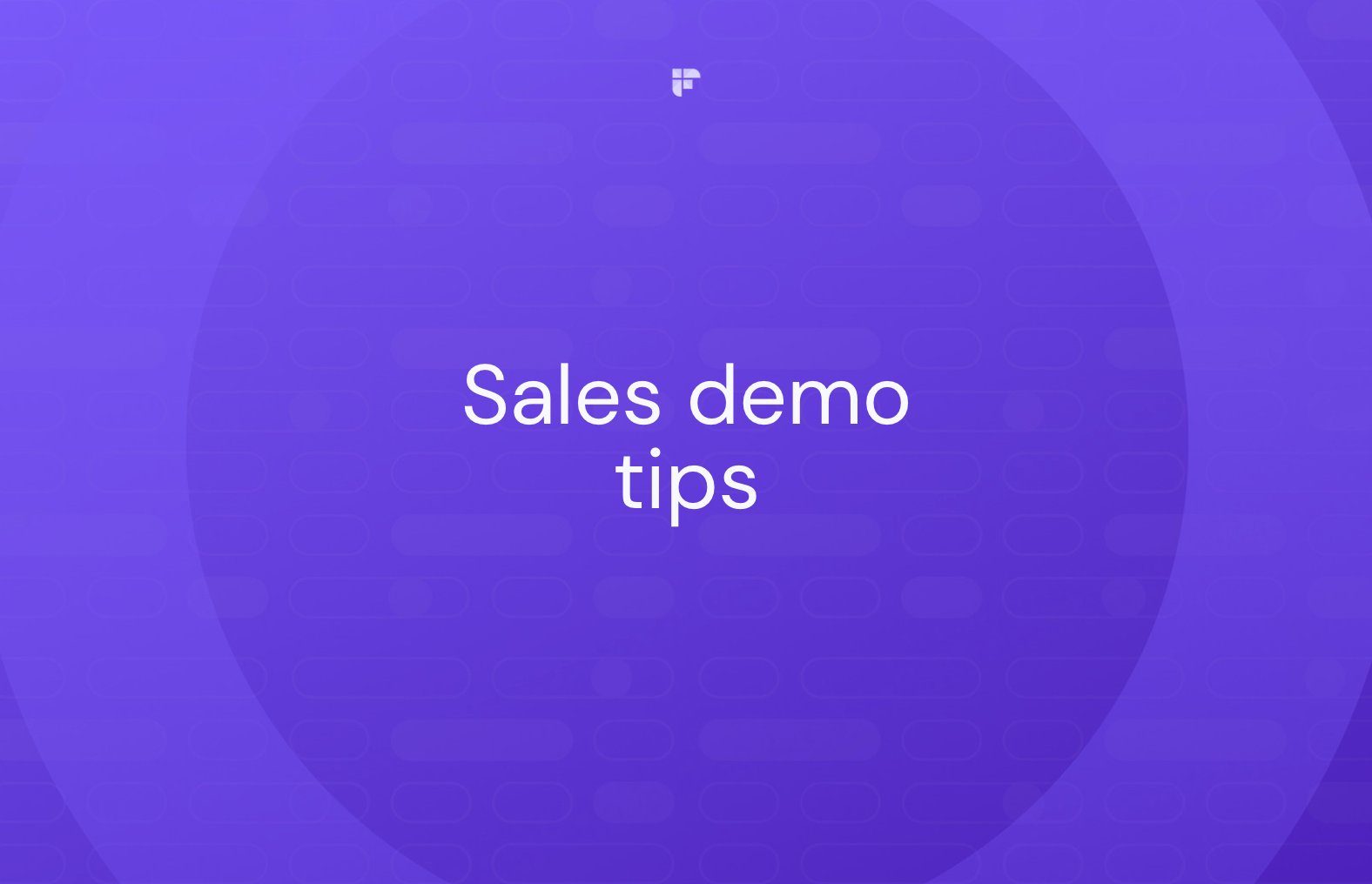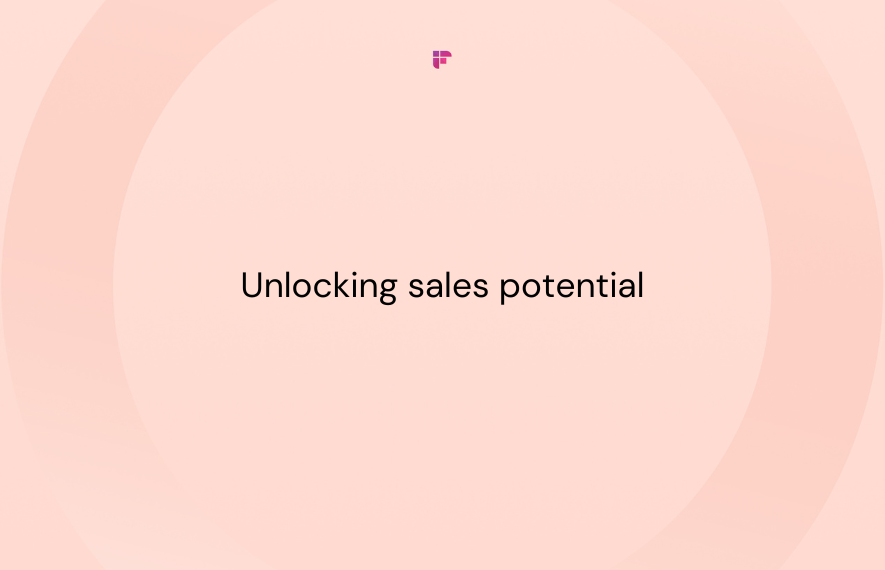You've navigated the initial challenges and have successfully scheduled a meeting with a potential client.
However, closing the deal largely depends on your ability to deliver a sales demonstration that engages, convinces, and ultimately converts.
The big question, though, is how to transform your demos from good to exceptional. Well, that's where we come in.
In this guide, we'll explore 8 key strategies that will help you deliver sales demonstrations that are not only memorable but compellingly persuasive.
But, first:
What is a sales demonstration?

A sales demonstration, or sales demo, is a strategic presentation of a product or service to showcase its value to a prospect.
Now, why is the demonstration so important in the sales process?
It's crucial because, unlike generic presentations, a sales demo goes beyond just displaying features. It focuses on solving the prospect's specific problems or needs, highlighting how the product or service can benefit them directly.
The ultimate goal of a sales demo is to convince prospects of the value of the product or service, thereby persuading them to make a purchase or commitment.
Sales reps usually deliver these demos, which can be conducted through phone calls, video calls, or in person.
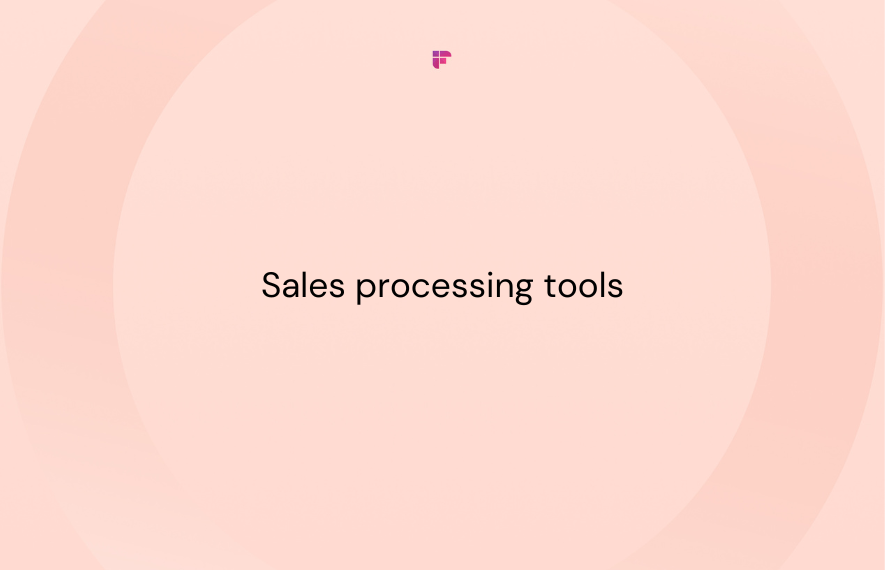
How is a sales demonstration different from a product demo?
A sales demo showcases your product or service to a prospect or potential customer, illustrating how it can solve their specific problems or meet their needs.
On the flip side, a product demo is conducted for an existing customer; it focuses on guiding them through the functionalities and benefits of the product or service they have already committed to.
10 Top ways to make your sales demonstrations stand out
Now, let's get into the nitty-gritty of this blog post. Here are 10 great strategies for enhancing your sales demonstrations, ensuring you leave a lasting impression and drive success.
1. Confirm the call before the meeting

Follow-up emails to clients are no-brainers. However, confirming the meeting beforehand is an often neglected step that will set you apart from the pack.
Ping your client with a quick email or voicemail before your sales demo to prevent no-shows and create a sense of importance for the phone call.
Be sure to include the following details:
- Who you are
- What company do you work for
- When the meeting is taking place
- Where the meeting is taking place (if necessary)
- Why you are meeting (briefly talk about your product)
2. Within the first five minutes, clearly establish an agenda
The only way to have a productive meeting is to know the action items. Ask your prospect what they'd like to cover before proposing your agenda. Chances are, you'll be able to incorporate their agenda into yours. They'll feel heard, but you'll still be in control.
The most important part of setting an agenda is identifying exactly what the client wants to discuss. Let them do the talking.
According to Sandler Training CEO Dave Mattson, "By asking what the prospect would like to get out of the call, the rep shows respect and gains insights into what's on the buyer's mind."
Too often, salespeople start sales calls prioritizing their agenda without aligning their understanding of the client's goals with what the client wants accomplished.
More often than not, your goals differ from those of your clients. Don't assume your agenda is the right one because they'll often tune you out when your spiel isn't relevant to them.
Overall, it's important to begin the call properly and set the meeting's road map by incorporating what your prospect wants to discuss into the agenda.

3. Listen to the client

This point ties into setting the agenda but needs to be emphasized as its own point.
When clients describe their pains, needs, and complaints, it's important to LISTEN. For a prospect, an ideal sales rep is a problem solver before they are a salesperson. Reps must maintain conversations with prospects without disqualifying themselves from the presented opportunity.

To be an effective sales rep, emphasize listening to your prospects to learn about their problems and find ways to help them.
Once the prospect feels you're qualified and capable of helping them find solutions to their unique problems, they'll begin to open up more. When this happens, ensure you don't prioritize finishing your pitch over constantly tailoring your approach for the client.
Listening is a basic skill, yet many prospects find that sales representatives don't understand its importance. So remember, aside from proving that your product can help them, you need to listen.
💡 Understand your talk-to-listen ratio
Use Fireflies.ai Conversation Intelligence to gain valuable insights into your talk-to-listen ratio. This tool offers 10+ metrics that enable you to pinpoint areas for improvement, refine your approach, and ultimately deliver impactful sales demos that resonate with your audience.
4. Take a minute to personalize
Sales has been and will always be about relationship building. Treating your customers in ways that make them feel valued and respected is a step that takes time but will help facilitate long-term relationships.Take a minute to personalize with the person on the other end at the start of the call. Consider the following:
- Break the ice at the beginning
Jumping directly into your pitch comes off as overeager and impersonal. Clients want to feel like you’re there to help them and address their problems, not meet quota.Telling a joke at the beginning or following up on a topic of conversation from a previous call are ways to break the ice at the beginning and personalize the call.
- Tweak your sales demo based on your client’s background (education, location, attitude) through online research (social media profile, blogs, publications).
This point comes down to research and coming off as genuine and helpful. By tweaking your sales demo based on your client’s background through prior online research, you let them know you’ve done your homework and are serious about helping them.
Doing this prevents asking no-brainer questions that can be learned about well before the call or citing fallacious information.
- Have a flexible agenda.
Many buyers want their SDRs to demonstrate adaptability to their buying process before they adapt to your sales process.
You must understand your prospect’s buying process before you can influence it. If your short-term agenda is set in stone and you’re unwilling to let your prospect influence it, you risk losing the chance of influencing their long-term plan.
- Listen for pain points
It's important to reiterate this aforementioned point because it's an agenda item that should be addressed throughout the call, not merely at a single point.
Doing this can help you personalize the call, allowing you to easily focus on addressing each prospect's unique challenges and concerns.
5. Use social proof
Nothing builds trust better than using social proof. Thankfully, there are several ways to approach this.
This is your opportunity to leverage reference customers to build credibility. Sometimes, sales reps let their new prospect talk to existing customers.Here are some great ways to use social proof:
- Provide context.
- Share examples of where you solved similar problems for other customers.
- Move on to specific product features.

6. Showcase specific product features

After you've begun earning your prospect's trust by listening to them and personalizing the conversation, you need to demonstrate how your product uniquely addresses their problems.
A pitfall for many sales reps is the tendency to disregard the relationships they've been building and get too excited to sell their product.
Once the client feels comfortable, the average sales rep reverts to their previously memorized spiel and talks about every product capability.
Instead of discussing every feature of the product, try showcasing specific features during the demo and linking them back to what they said during the first few minutes of the call.
When the client is convinced that your product presents solutions for each of their challenges, they'll be more inclined to learn about the rest of your product's capabilities.

7. Tie it back
This segment of the conversation is your opportunity to fully gain your prospect’s trust. Tying the conversation back to ROI is your way of showing the concrete results of implementing your product.
Without this step, your sales demo will be filled with unsubstantiated claims and good intentions.A successful tieback addresses questions like:
- How much money will your product save me?
- How many potential leads do I gain from implementing your product?
- How many customers does your product have and how has the product contributed to their success?
Pro tip: Analogies, specific details, and metrics are vital during this segment.For instance, if you're talking about using HubSpot:
DO: Because I use HubSpot, I was able to book 20 new demos and boosted my sales by 20% in my first month.
DON’T: ”In fact, I saved 5 minutes using HubSpot.”
The first example is detailed, describing specific instances and highlighting concrete results. The next example is general and vague, and does not give the prospect context to work with.
At the end of the day, this step is what the conversation boils down to: does using your product generate income?
8. Answer questions
After the demo, leave some time for the prospect to ask questions. Aside from building trust, this allows you to demonstrate your knowledge and expertise.
By addressing questions, you can clearly articulate the product's value, tailored to the prospect's specific needs, and overcome any objections by aligning the product benefits directly with the prospect’s challenges.
What's more, it assists prospects in making informed decisions and may even boost their willingness to purchase your product or service.
So before each demo, prepare for common questions as it allows you to respond effectively when the prospect asks.
Remember: Should you find yourself unsure of an answer to a question, refrain from making guesses. Instead, provide the prospect with the answer at a later date.

9. End your demo by establishing the next steps

You and your client must agree on your next steps before the meeting ends.
By establishing action items and intentions, you can determine how to continue helping your client and maintain the demo’s momentum after you’ve left.
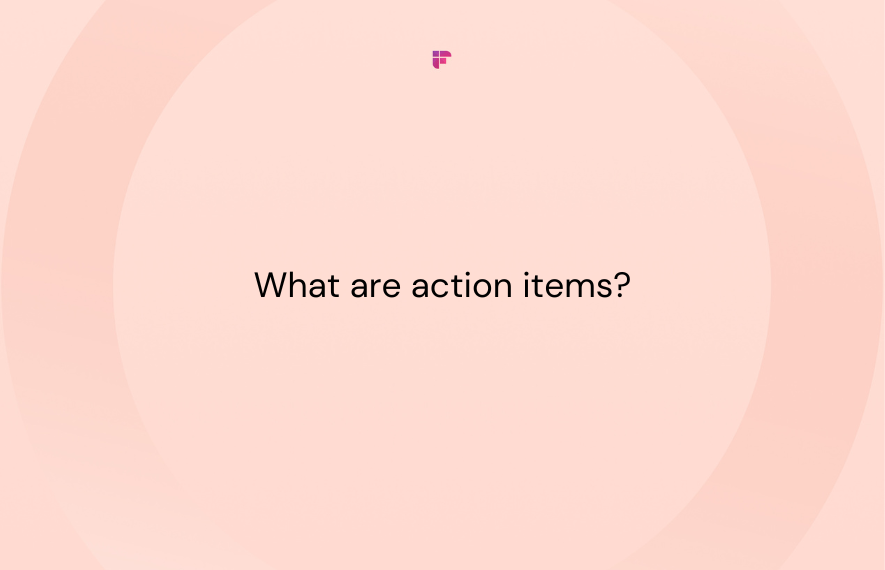
Concrete steps to doing this include:
- Discussing opportunities
Example: Have them set an hour-long meeting in their CFO’s calendar next week and get back to you by EOD.
- Reiterating follow-up/homework items
Example: Send them product videos for them to share with their CEO
- Ask them to take out their credit card
Why wait for them to talk with a supervisor who wasn’t at your demo in the first place? Why give them another item to think about overnight when they already have thousands of action items to get to? If they’re ready to buy, you should be ready to sell.
The point is that you need to maintain engagement with the prospect and continue proving why your prospect needs your product.
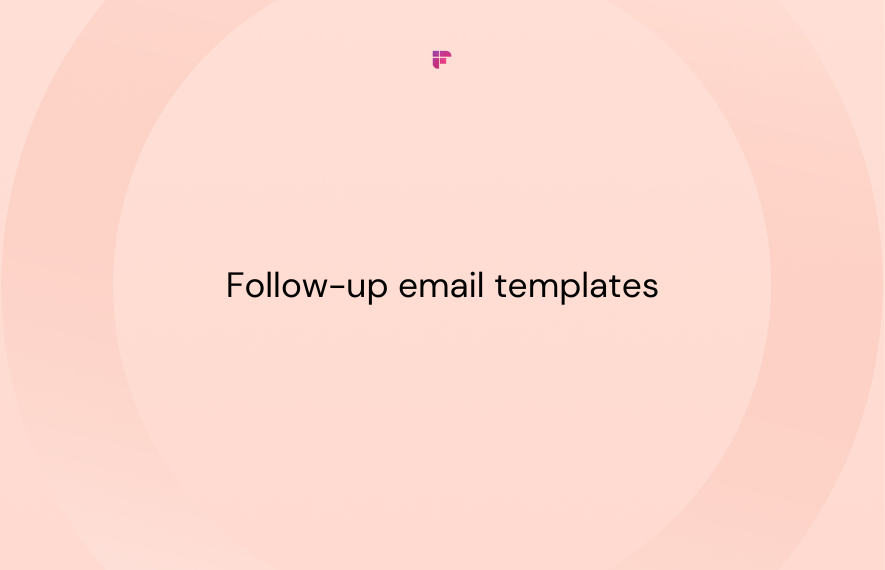
10. Leverage an AI-powered tool like Fireflies
.png)
With a powerful AI notetaker like Fireflies, you can enhance the effectiveness of your sales demos and follow-up processes.
This tool provides a comprehensive suite of features to help you close deals faster. Let's check them out:
1. Provides highly accurate transcriptions and summaries
Fireflies can join your meetings and generate more than 90% accurate transcripts in over 60 languages, including Portuguese, Spanish, French, Arabic, German, Dutch, Hindi, Korean, Russian, Japanese, and Italian.
These transcripts contain speaker labels and are properly timestamped.
Fireflies also provides customizable and concise summaries of your sales demos with outlines, bullet-point notes, action items, clickable timestamps, and more.
With these transcripts and summaries, Fireflies ensures that every detail of your demos is captured so you can easily review them later and identify areas for improvement.
Fireflies stores all your meetings, transcripts, and summaries in a centralized location for better accessibility.
2. Automates data entry
One of the most time-consuming tasks for sales reps is the manual data entry into their CRM systems.
Fireflies eliminates this hassle by automatically logging all notes, transcripts, and meeting details into your preferred CRM.
This ensures that all customer interactions are captured and accessible, allowing reps to tailor follow-up conversations and strategies based on detailed insights from previous discussions.
Aside from CRM software, Fireflies integrates with 30 other tools, including video conferencing, productivity, and calendaring apps.
3. Streamlines onboarding and coaching
Fireflies accelerates the onboarding and training process with its soundbite feature. Soundbites are bite-sized, shareable audio clips that highlight the most critical parts of your meetings.
You can even organize these soundbites into playlists and develop comprehensive sales playbooks for your reps, both old and new.
This empowers them to quickly learn effective sales techniques and best practices and to understand which strategies lead to closing deals.
You can also provide targeted coaching and feedback with Threads, a feature that lets you leave comments at specific parts of calls and flag important moments.
4. Provides key meeting insights
With Conversation Intelligence, Fireflies allows you to unlock valuable meeting insights and measure the quality of your reps' sales demos.
Some metrics you can track with Fireflies include silence duration, average talk-to-listen ratio, sentiment, and total number of filler words. With Fireflies, you can also set and track topics and identify when they come up in conversations.
5. Allows you to search your meetings
Fireflies' powerful search capabilities allow sales reps to quickly find specific topics, action items, or questions discussed during the demo, enabling them to address follow-up actions more efficiently.
6. Provides a helpful AI assistant

With Fireflies' GPT-4 powered chatbot, AskFred, you can streamline your post-demo activities. This bot not only answers questions about your meetings but can also draft follow-up emails, generate blog ideas, and write reports.
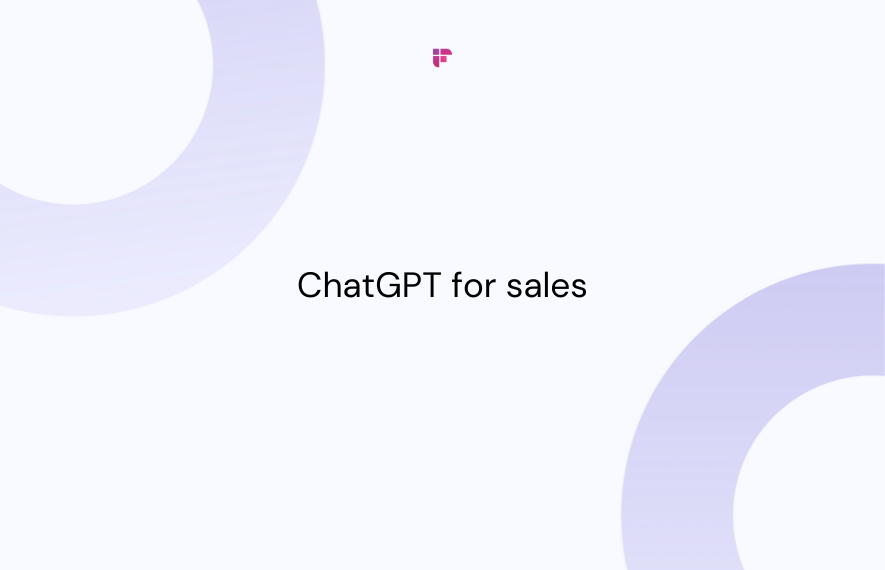
7. Keeps your meetings secure
Fireflies prioritizes the security and privacy of your meeting data. It keeps all your data encrypted at rest and in transit and is SOC 2 Type II, HIPAA, and GDPR compliant.
💡 Elevate Your Sales Demos With Fireflies
This meeting tool comprehensively documents all your customer conversations so you can fine-tune your sales strategies, knock your sales demos out of the park, and close more deals!
Wrapping up
In many ways, a product is only as good as its sales demo. By implementing these strategies into your sales demo, you can set yourself apart from the competition and build genuine, long-lasting relationships.
And, with Fireflies in your arsenal, you can automate your meeting workflow and access crucial insights that will help you improve the quality of your sales demos!

